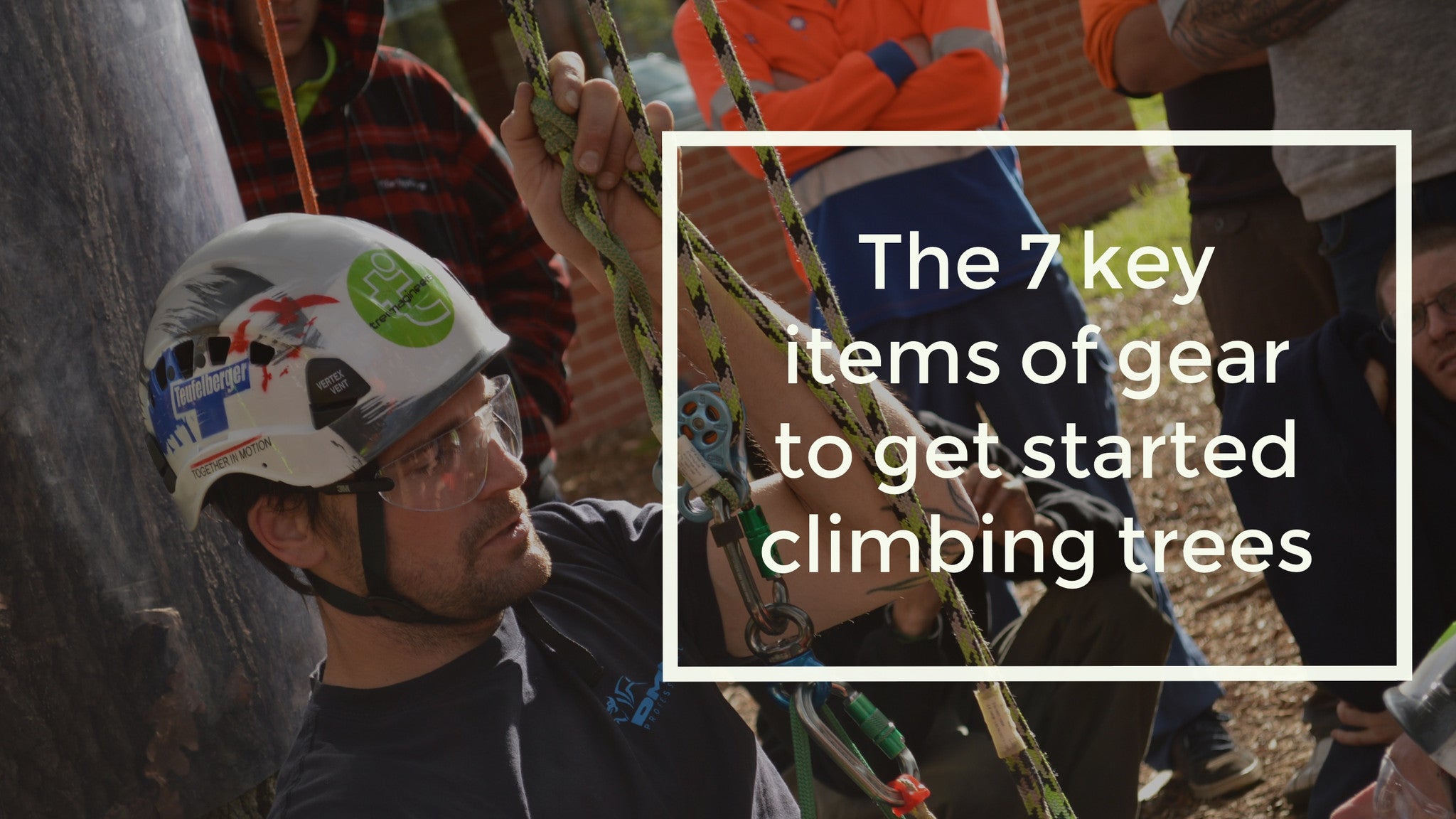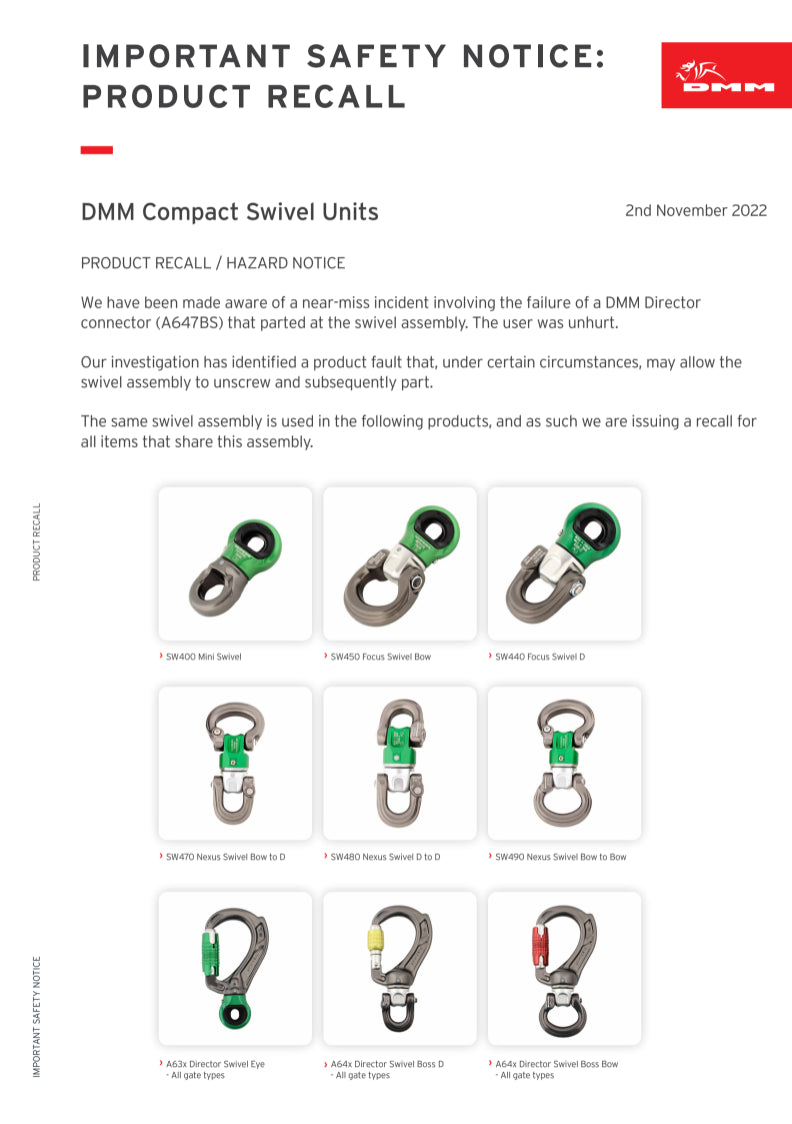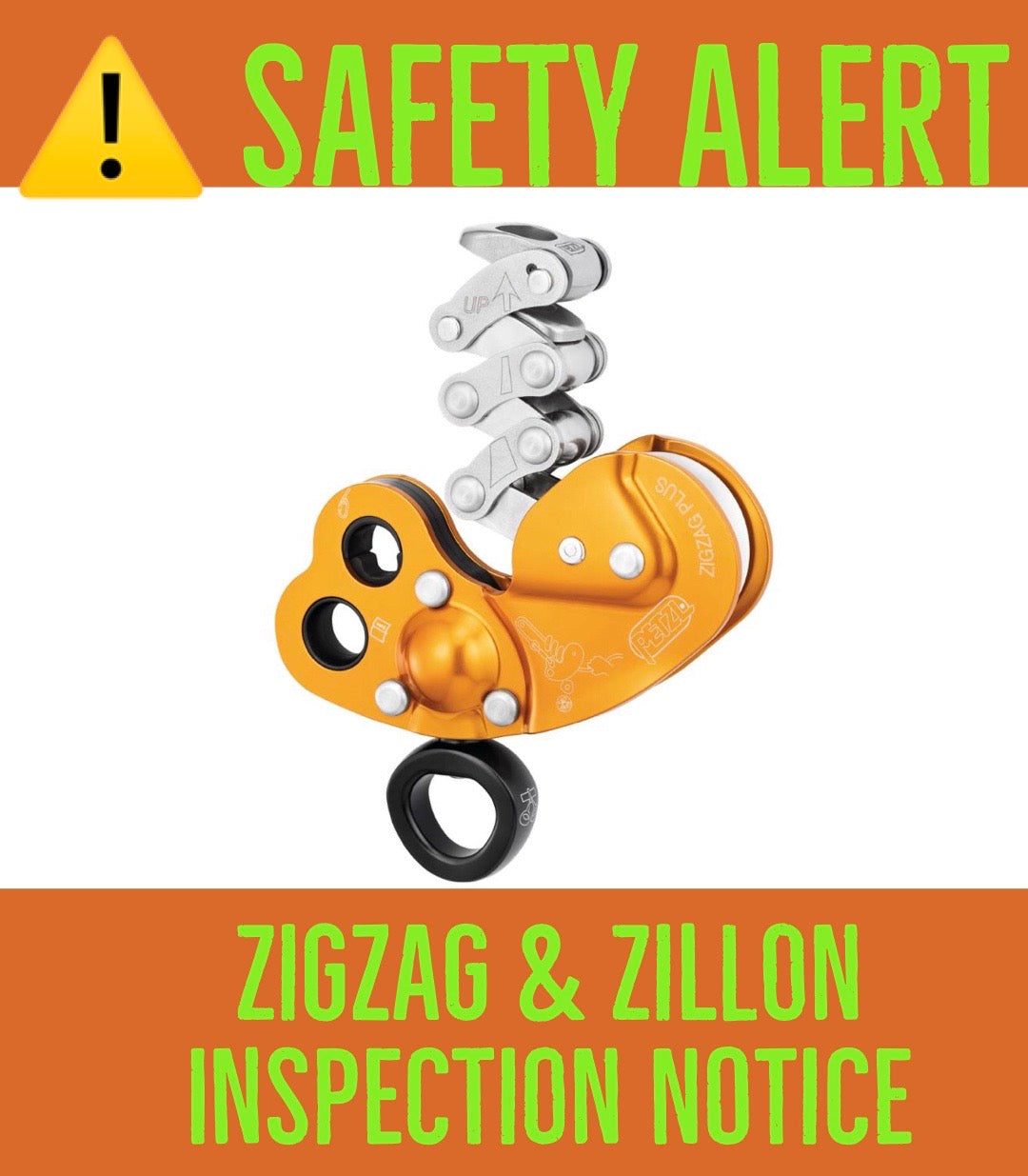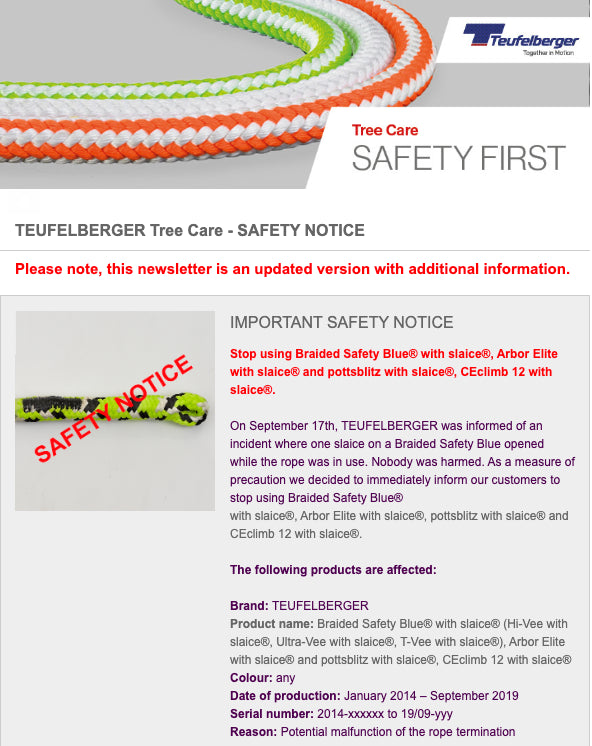
A question I get asked almost daily is "Do you have a "starter kit" mate?" When I dig deeper and ask some qualifying questions I found that for a few it's about the perceived value of bundled gear, but for most, it's because they are totally new to climbing and don't actually know what they need. And that's ok. We all started somewhere.
Tree climbing offers endless possible combinations of equipment used to create many varied systems and techniques for climbing trees.
The thing is, you really need to know what Technique you are going to use first. Only after that can you know what gear you need!
For the point of this article, we're going to start with Doubled Rope Technique, or DdRT for short. It is generally considered the most basic technique and where most climbers start out. From there you can add extra equipment to improve on its efficiency, or progress to other more advanced techniques including Single Rope Technique.
So how do you know what gear you need in a DdRT "starter kit"?
I've resisted offering a "starter kit" at Treegear for a long time.... Reason being I don't believe it offers a new climber the best value in the long term. Usually starter kits bundle the bare basic lowest grade gear with low price being the driver.
It might seem like a quick solution to you, and a quick easy sale for the vendor, but it's false economy. As soon as you get an understanding of what you're doing I promise you'll either want to replace half of it, or realise you didn't need half of it. And I don't want to be the guy you're cursing for selling you a useless pile of gear... I wanna be the guy you appreciate for helping you put together the best kit for you that will serve you long term. A kit that is a solid foundation that you can expand on over time.
Here is a list of the 7 basic minimum items needed to climb trees professionally & safely. *Note this list does not include Personal Protective Equipment. Your PPE needs will vary, but consider Helmet, Eye/Ear Protection, Chainsaw Protection Trousers & Boots.
Each item type has a link to a range of products that suit where you can browse the options and choose the one that appeals most based on features or budget. There is no right or wrong within each, just different. And all the products are professional grade gear. There is no cheap handyman grade stuff here like what you might find in "kits".
-
Harness: We recommend only those designed specifically for tree work. Tree climbing harnesses have many unique features that at first may not be apparent. They are designed for "Work Positioning" and are sometimes called a "Sit Harness" They are very different to recreation/rock climbing harnesses or fall arrest harnesses. They have a low central main attachment point, usually referred to as a "bridge" and importantly they include side "D" rings for Flipline/Lanyard attachment. View our range here: Harnesses
-
Flipline/Lanyard/Polestrap: The flipline, lanyard or pole strap (all the same thing) attach to one side D ring of the harness and is used to position yourself securely by placing it around the tree, and then clipping in to the opposite side D ring. It is a key part of climbing on spurs, and in addition to your Climbing Rope, is also required to both hold you in position, and offer a secondary form of attachment whilst making a cut. View our range here: Fliplines/Lanyards
-
Flipline/Lanyard Adjuster: Unless included as part of a complete Lanyard System, you will need an Adjuster for your Flipline or Lanyard. This is used to lengthen or shorten your lanyard to fine tune your work positioning. View our range here: Flipline/Lanyard Adjusters
-
Climbing Rope: The ropes we offer are specifically designed for Tree Climbing and approved by their manufacturers for such use. Rock climbing ropes or other random ropes are NOT suitable and will behave very differently when used outside the intended use. A Climbing Rope is often referred to as your "LifeLine"...and should be thought of as exactly that! Your life as you know it may well depend on it! There is no set length...it depends on the size of the trees you plan to work in. Generally, you will need a length double the height of the tree, but this varies with different climbing techniques. Common lengths people go for seem to be 35m, 45m, 50m or 60m. Or by the meter you can choose any length you like. View our range here: Climbing Ropes
-
Prusik: The Prusik is a friction hitch. It is used to adjust your position on the Climbing Rope, effectively allowing you to ascend or descend the tree. At the bare minimum, it can be tied out of one end of your climbing line, but most commonly it is a seperate short length of specialist cord with high heat resistance. The friction when descending creates a lot of heat concentrated in one place which can melt through normal cord. It is sold either by the meter here- Prusk Cord, in loops or with eye terminations here - Prusik Loops, or there are also devices designed as alternatives to cordage here - Mechanical Prusiks.
-
Carabiners: For climbing, we recommend Triple Action, Auto Locking Carabiners...or Karabiners to some. They can be Alloy or Steel, though most use alloy for climbing and save steel for rigging use. These are used to create secure connections between the above climbing rope, prusik and lanyard to your harness. You will need at bare minimum 2, but it wise to have at least 4 or more. See our range here: Alloy Locking Carabiners or Steel Locking Carabiners *Note: There are also some Screw-Locking Carabiners in the Steel section. It used to be considered OK years ago, but Industry Standards currently don't recommend their use.
-
Spurs/Spikes: Spurs are used to position yourself on the trunk or limbs where there is no natural foot-hold. They allow you, with the aid of a Flipline & Harness, to "walk" up the trunk of a tree. If you at all care about the trees you are working on, good practice says they should only be used during tree removals, NOT pruning! See our range here: Spurs/Spikes
That's about it for the basics. With the above "Kit" you can access, move around, and position yourself within the canopy.
By combining your preferred choice within each of the above items you can build a "kit" that will have you up in the canopy safely in no time. I'll warn you it's not a "cheap" kit - and that's a good thing! This is professional grade gear even the best Arborists would be happy to use, not the lowest cost collection of stuff we could get away with selling as a kit to unsuspecting newbies! The is no value in a bargain kit if you have to replace most of it a month later!
It is also highly recommended you grab a copy of The Tree Climbers Companion. This handy illustrated guidebook will help give you an understanding of basic to advanced tree climbing techniques, and how all the above gear works together as a system.
Beyond here, there is an almost never-ending array of of tools that will make the whole process safer, more efficient, more comfortable - and therefore loads more fun!





